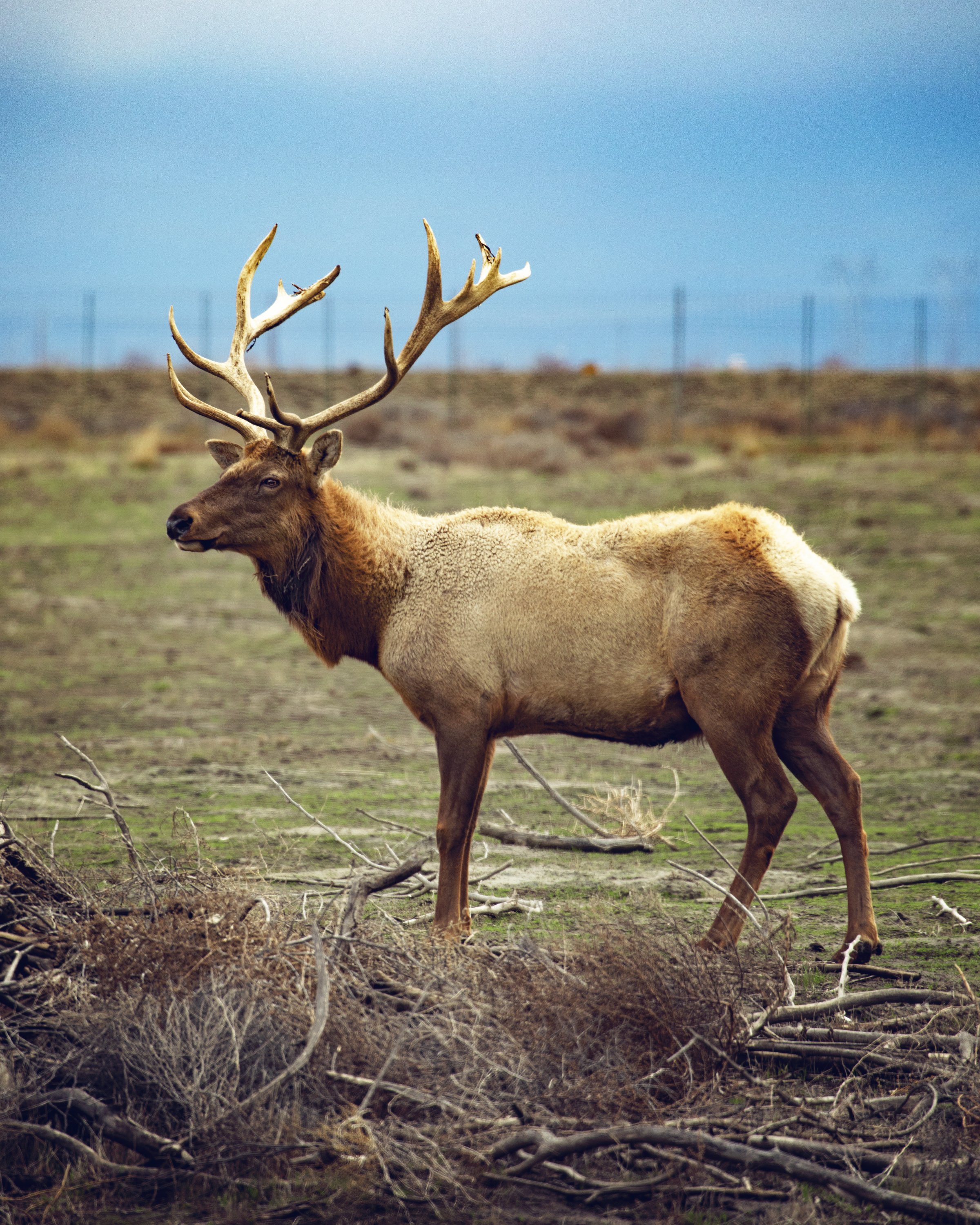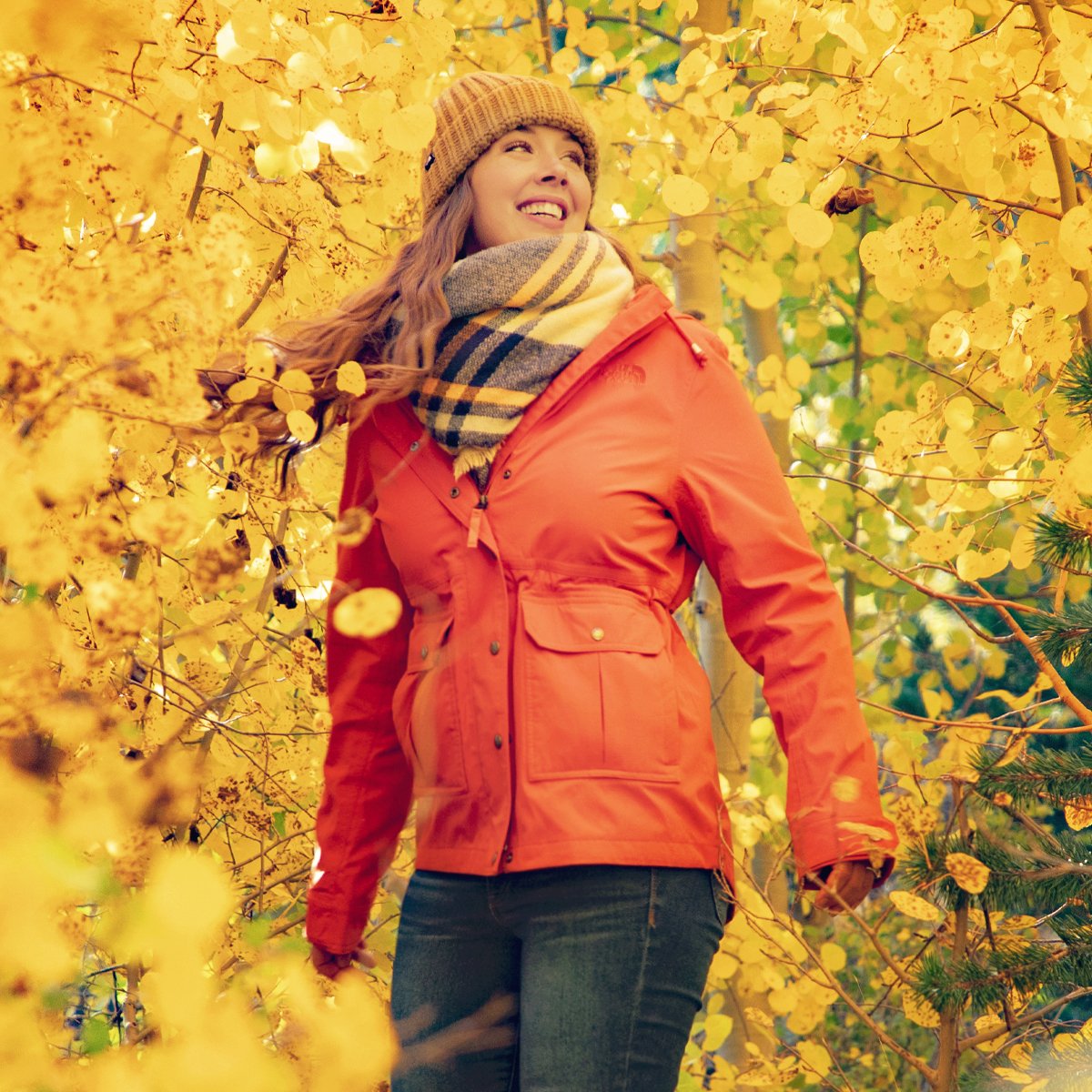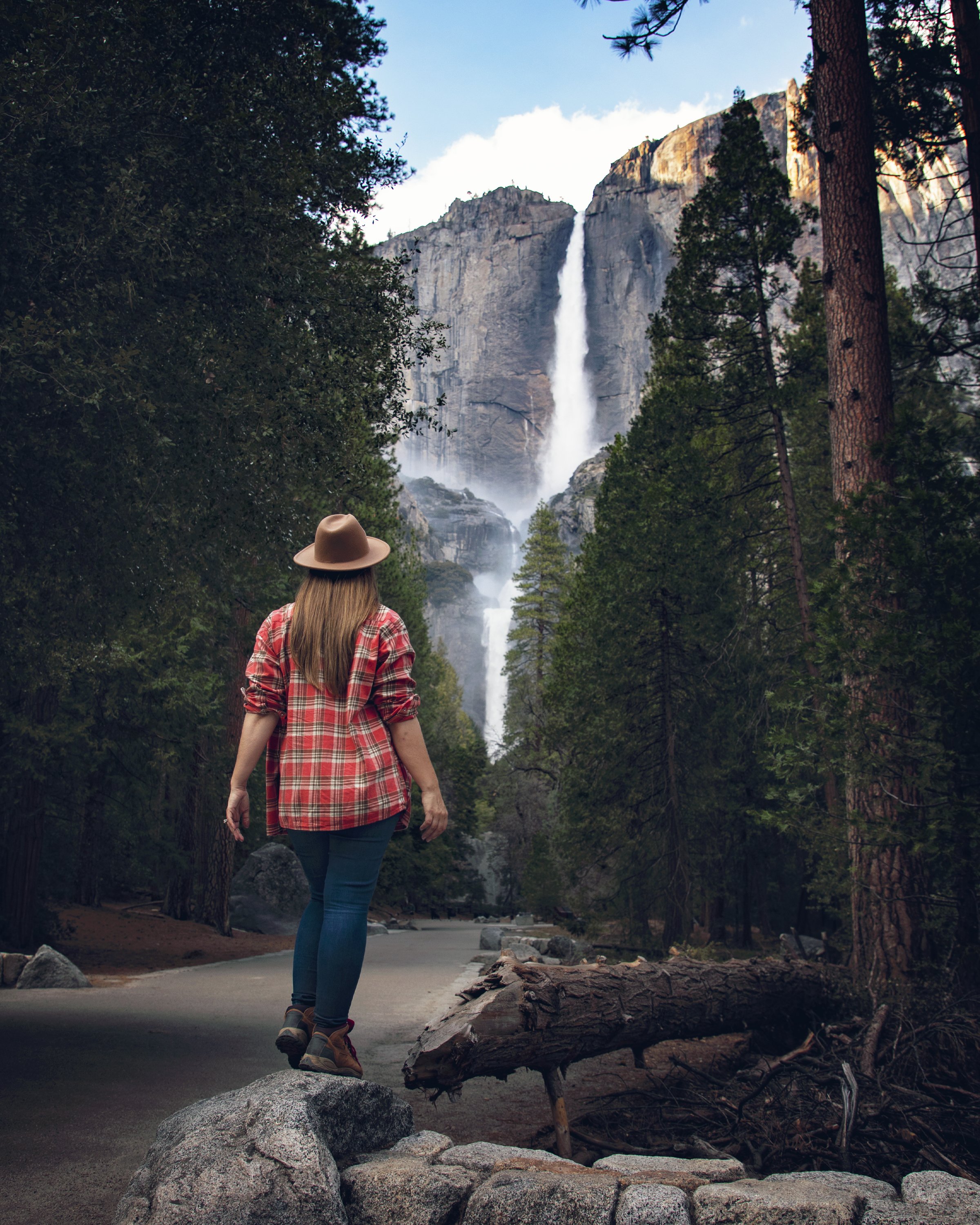Tule Elk State Natural Reserve Visitors Guide
This week we’re heading out to explore the Tule Elk State Natural Reserve in California! This special place protects and preserves one of the state’s most remarkable creatures, providing habitat for the California’s only native elk species that was once on the brink of extinction.
Tule Elk seen from the main viewing area
Tule Elk History
Southern Valley Yokuts thrived in the San Joaquin Valley with the Tule Elk for centuries. Until the 1800s, naturalists estimate that half a million elk once roamed California, sometimes in herds of over 1,000.
The Yokuts people lived in a large village called Tulamniu on Buena Vista Lake’s northwest shore. The lower Kings, Kaweah, Kern and Tule Rivers fed the Tulare, Buena Vista and Kern Lakes, creating a rich and fertile area connected by marshy sloughs — a perfect environment for the elk to thrive.
The tule elk population began declining as Europeans came to California in the 1700s. Over-hunting, fur traders and imported livestock and grasses devastated herds, and by 1873 the tule elk was nearly extinct with only 2 dozen remaining. The State Legislature passed a law outlawing elk hunting that same year, but most thought it was too late.
Tule elk buck seen on the auto tour
State Reserve Formation
Henry Miller, one of California’s early landowners, recognized the importance of protecting tule elk and set aside land for them in 1874. Miller was a strong proponent of conservation and worked to ensure that tule elk had enough space to roam freely without fear of harm from hunting or agriculture. That year Henry Miller set aside 600 acres of land for protection of the last tule elk known to exist, and his legacy lives on as his preserved lands eventually became a protected reserve in 1932. In 1954 California State Parks took over managing the reserve and made improvements, including new water sources to ensure a healthy herd. Since then, more areas have been added to what is now known as the Tule Elk State Natural Reserve, resulting in the protection of the species and their reintroduction all across the Golden State. The population that was once considered hopeless and on the verge of extinction now thrives across the state. From this reserve Tule Elk have been reintroduced to Carrizo Plain National Monument, San Luis National Wildlife Refuge, and Wind Wolves Preserve...and over 5,000 elk are now believed to be roaming California once again.
The dominant Tule elk buck at Tule Elk State Natural Reserve
Tule Elk
Tule elk are the smallest subspecies of North American elk, with cows typically weighing from 350-400 pounds and bulls from 500-550 pounds. They have brownish-gray coats and white muzzles, with mature males sporting impressive antlers that can span nearly 4 feet wide during rutting season. Although often considered shy by nature, these magnificent animals can be easily viewed on clear days at the reserve. As herbivores, they feed on grasses, sedges, and other vegetation found within their habitat.
Tricolored blackbirds at the Tule Elk State Natural Reserve
Other Wildlife
This state park offers visitors ample opportunities to observe wildlife, and while the elk are certainly the star of the show here, birders can enjoy many species of birds year round at this stop along the Pacific Flyway, including northern harriers, prairie falcons, and ferruginous hawks, which hunt for small live prey by day. Great horned and barn owls take to the sky by night, and tricolored blackbirds breed here at the reserve. Reptiles, amphibians and predators, including coyotes or bobcats, can be spotted here too.
Tule elk buck seen during the auto tour
Accessible viewing platform at Tule Elk State Natural Reserve
Location & Visiting Information
Located in California's Central Valley region about 80 miles north of Los Angeles, just outside of Bakersfield, the reserve can be reached just 5 minutes off the I-5 freeway in Kern County. The reserve has ample parking with both covered and uncovered picnic areas. The entire reserve is fenced and only a small section at the entrance is open to park visitors, but an elevated covered viewing platform in front of a pond is an ideal place to watch for both birds and elk.
Tule elk bucks running through the reserve
Auto tour at the Tule Elk State Natural Reserve
Auto Tour
Guided auto tours are a park highlight I personally recommend experiencing. Offered on the 4th Saturday of each month for those who want a bit more insight into this amazing area's ecology and history, these tours begin at 10am. After meeting with a ranger at the elk viewing platform for a brief informative introduction, you head to the visitor center to learn more about the elk and this park. Inside the visitor center, you’ll encounter a unique exhibit with two taxidermied elk who became impaled with each others’ antlers during the rut season many years ago. After the ranger talk here, you return to your own vehicle and are escorted by a ranger led caravan into the reserve (an area normally off limits to the general public). You drive along a gravel/dirt path for unique views of the elk as they run, roam and graze (it’s quite impressive to watch them race across the reserve at speeds up to 35mph). While there’s never any guarantee of up-close views, the auto tour is your best bet to really enjoy seeing the herd. Depending on time and conditions, the rangers may even allow you to stop your vehicle and get out to photograph these majestic animals.
For details on the Tule Elk auto tours or to get more information about visiting, visit the official park website or Facebook page.
Intertwined taxidermied bucks in the visitor center
Tule Elk State Natural Reserve picnic area
Know Before You Go
• Please remember the Leave No Trace Principles on your visit. All natural and cultural features are protected by law and may not be disturbed or removed.
• Park entrance fee is $8 per vehicle...or purchase a the “Golden Poppy” Vehicle Day Use Annual Pass for entrance to over 100 California State Parks.
• I would encourage you to bring binoculars or a camera with a telephoto lens for best viewing as the elk roam all across the 960 acre reserve.
• Parking, the visitor center, the elk viewing platform, and the picnic areas are accessible.
• The reserve is open to visitors only at the park entrance. Please do not disturb the elk or trespass on private property for a closer look.
• Except for service animals, pets are not recommended. Dogs must be on a leash no more than six feet long and only in the parking/picnic areas.
Dominant tule elk buck with tule elk cows
In Summary
Thanks so much for joining me this week at the Tule Elk State Natural Reserve. If you’re ever in Kern County, make sure to take time to visit this special place that continues to be alive today thanks to the dedicated conservation efforts throughout the years - you won’t regret it! For a virtual visit, including footage from the auto tour, see my Behind the Blog video at the top of this post, or watch it on YouTube here. Until next week, I hope you find adventure and encouragement wherever you go.
Tule elk cow at Tule Elk State Natural Reserve
If you enjoyed this post, you might also like…
About Me
I’m Dawn Marie, a travel and lifestyle blogger based out of Southern California. With in-depth articles, travel guides, and reviews on hotels & products, I seek to share my journeys to help you plan for your own. My adventures take me all over California, the western United States, and around the globe...and every Monday I post new content here, including a comprehensive blog post and YouTube video.
Search the Blog
Featured Posts
Etsy Shop


























Embark on a California desert road trip to explore otherworldly landscapes, unique rock formations, and stunning desert scenery. Visit Red Rock Canyon, Trona Pinnacles, Death Valley National Park, Alabama Hills & Fossil Falls. Discover epic stargazing, hidden hikes, scenic drives, and surreal photo spots on this unforgettable desert adventure with this complete travel guide & itinerary.